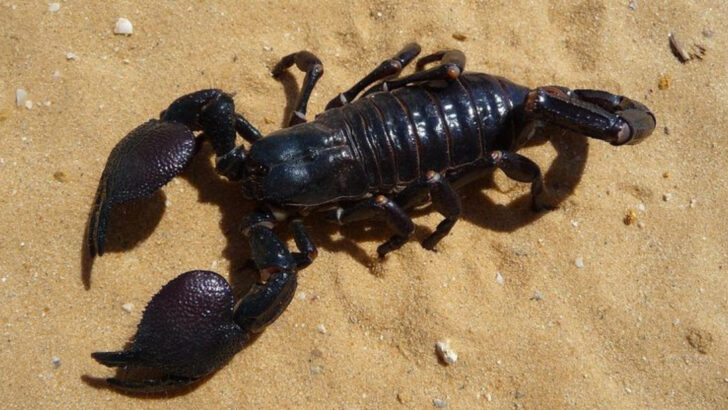Some animals should never come home with you—and pet store workers know exactly which ones.
They’ve cleaned the cages.
They’ve watched the tantrums.
They’ve bled (yes, bled) for creatures you thought were “cute.”
Behind the glass tanks and fuzzy marketing, there are animals that spell nothing but chaos for the average pet owner.
Think bitey, needy, unpredictable, or just plain mean.
And no, it’s not always the ones you expect.
Before you fall in love with a sugar glider, or coo at a tiny turtle, hear from the people who’ve lived the reality—not the brochure.
Because some pets don’t want to be pets at all.
Hyacinth Macaw
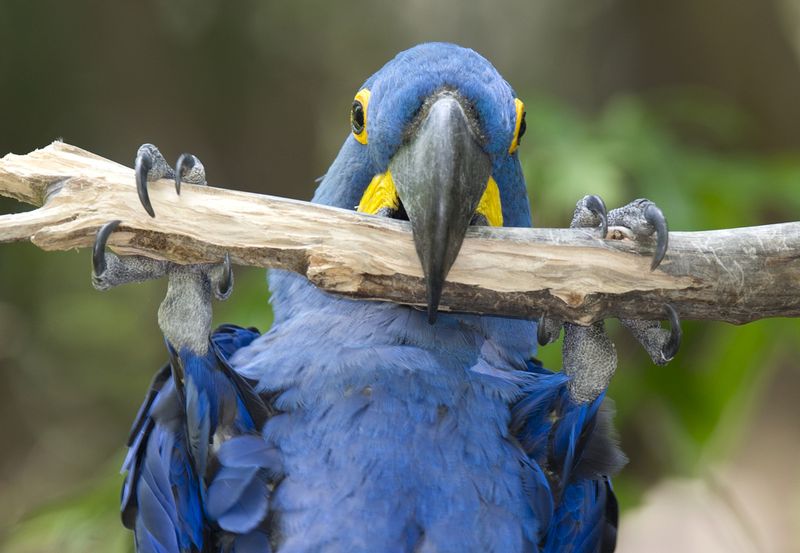
With feathers as brilliant as a midsummer sky, the Hyacinth Macaw captivates many. However, its ear-piercing calls can rival a car alarm, making it a challenging pet. This bird demands constant attention, akin to having a perpetual toddler. Moreover, its powerful beak can easily turn furniture into splinters.
Though stunning in appearance, the macaw’s need for stimulation and large space can overwhelm even seasoned bird enthusiasts.
Fun Fact: Did you know Hyacinth Macaws can crack open coconuts with their beaks? This sheer strength is another reason many choose to admire them from afar.
Fennec Fox
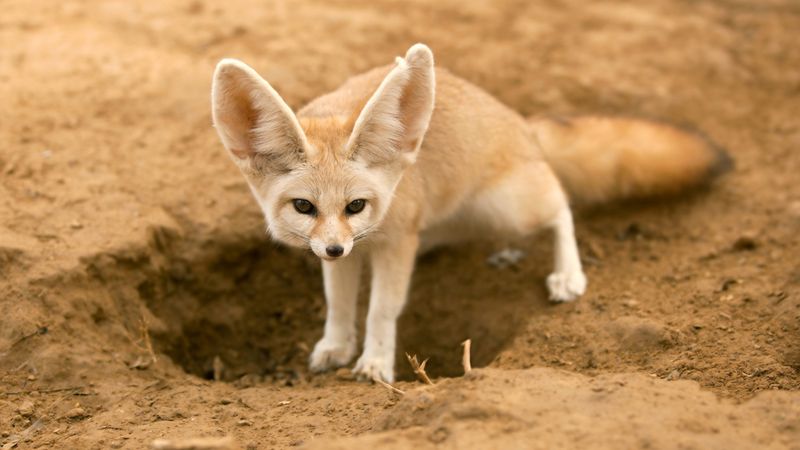
The Fennec Fox, with ears as large as its body, thrives in the sandy expanses of the Sahara Desert. While undeniably cute, its nocturnal nature means it parties when you sleep. This little fox is not one for cuddles; it prefers the thrill of the night.
Its diet of insects and rodents isn’t for the faint-hearted pet owner either.
Despite its small size, the Fennec Fox requires a large, secure area to roam, making it a challenging pet for most.
Green Iguana
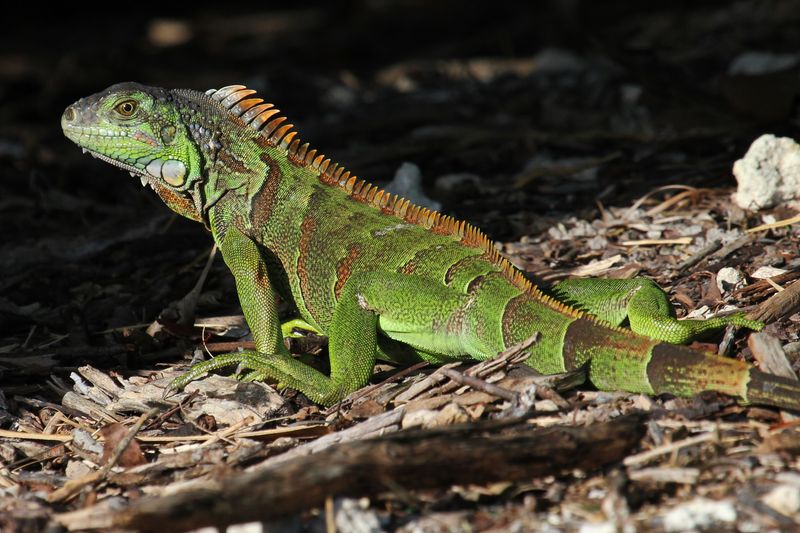
A modern-day dinosaur in miniature, the Green Iguana can grow to over six feet in length. While fascinating, its size requires a commitment to space and resources that many can’t provide.
Iguanas thrive in warm and humid environments, making them demanding in terms of habitat setup.
Their diets are specific, requiring fresh greens and vegetables, often more varied than their human counterparts’ meals. The challenges of caring for such a large reptile often outweigh the allure of its appearance.
Sugar Glider

Cuteness overload comes in the form of the Sugar Glider, a nocturnal marsupial with a penchant for jumping. While they seem perfect for carrying in your pocket, their night-time antics include chirps and barks rivaling a dog.
They require social interaction and can become depressed if left alone.
Additionally, their diet of nectar and insects can be a task to replicate in captivity, and their specialized care needs often deter potential pet owners.
Ball Python
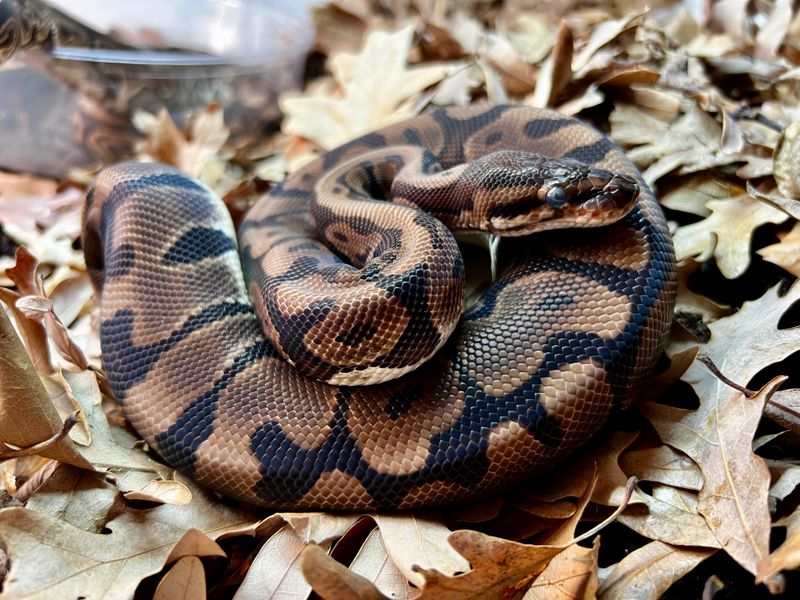
Silent and sleek, the Ball Python might seem like an easy pet choice. However, its dietary preference for live mice or rats can be unsettling for some.
The commitment to maintaining optimal humidity and temperature levels for their enclosure can be demanding.
Though generally docile, their long lifespan and specific care requirements can be daunting for those unprepared for a decades-long commitment.
Prairie Dog
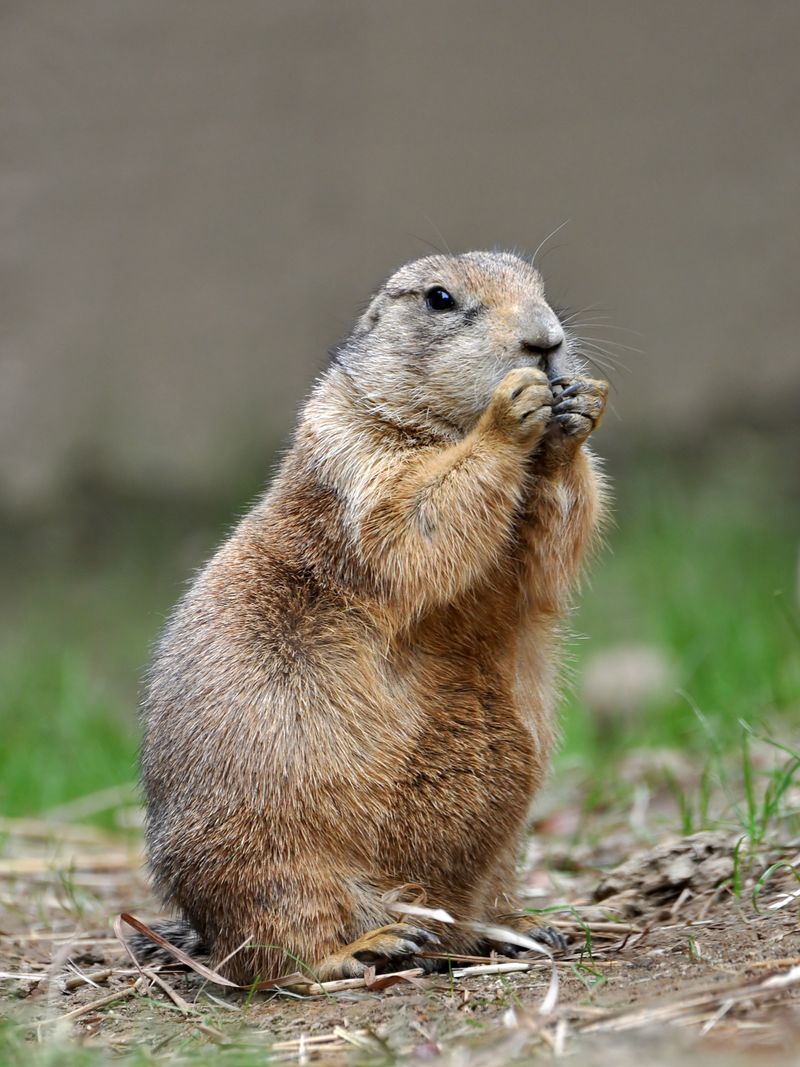
Known for their chirpy barks and social nature, Prairie Dogs seem like delightful companions. However, their need for social groups can mean having more than one, requiring ample space.
Their burrowing habits can wreak havoc in a domestic setting, turning a garden into a maze of tunnels.
Prairie Dogs are also known for their strong bonding, making separation anxiety an issue if they’re left alone for long periods.
Chinchilla
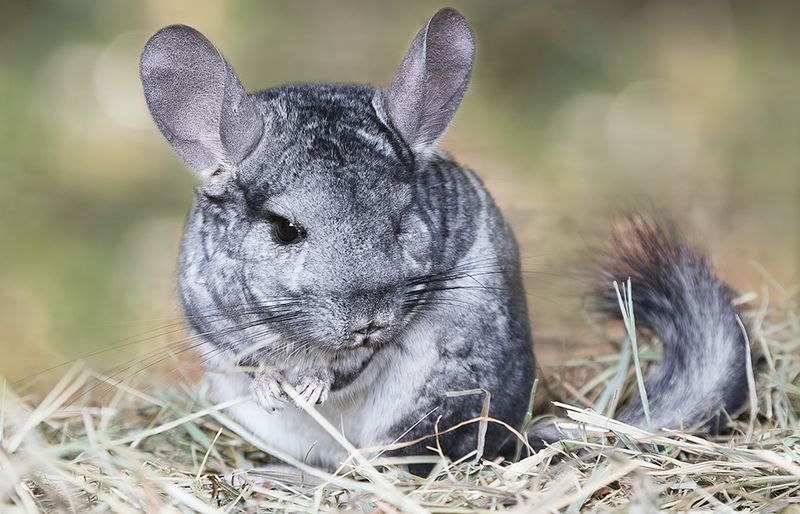
With fur softer than a cloud, the Chinchilla seems like the perfect cuddly pet. However, this delicate creature requires a cool, dry environment, as heat can be lethal.
Their dense fur means they can’t get wet, complicating grooming needs.
Additionally, they are nocturnal, making them active when most people prefer quiet. Their fragility and specific care needs often make them unsuitable for children or inexperienced pet owners.
Hedgehog
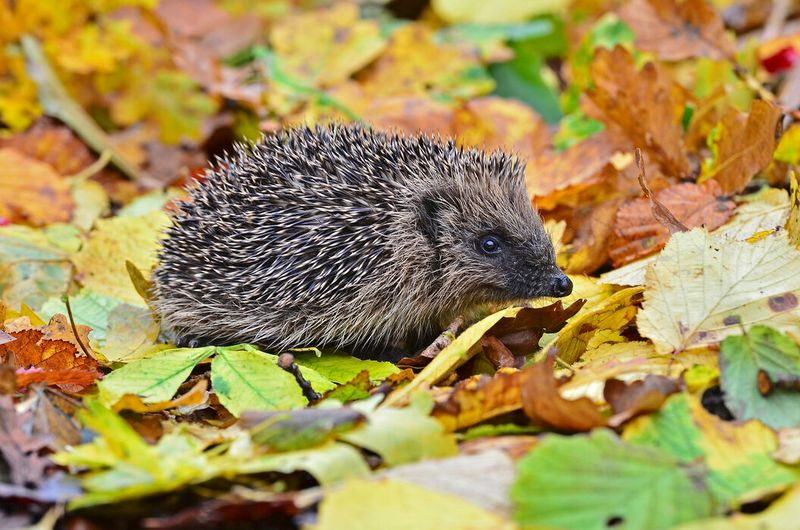
Spiky yet adorable, Hedgehogs have become a popular pet choice. Still, their solitary nature means they don’t crave human interaction.
Being nocturnal, they are most active at night, which can disrupt household routines.
Their diet requires more than just pet-store-bought food; a mix of insects and specialized kibble is necessary. The effort and costs involved in providing proper care can be surprising to prospective owners.
Tarantula

For some, the Tarantula’s eight legs and hairy body invoke fear, while others find them fascinating. Despite their low-maintenance care, their appearance can be intimidating.
They prefer solitude, making them unsuitable for those wanting a pet they can handle frequently.
Their venomous bite, though mild, can be alarming, and their dietary needs for live insects may deter many from adoption.
Potbellied Pig
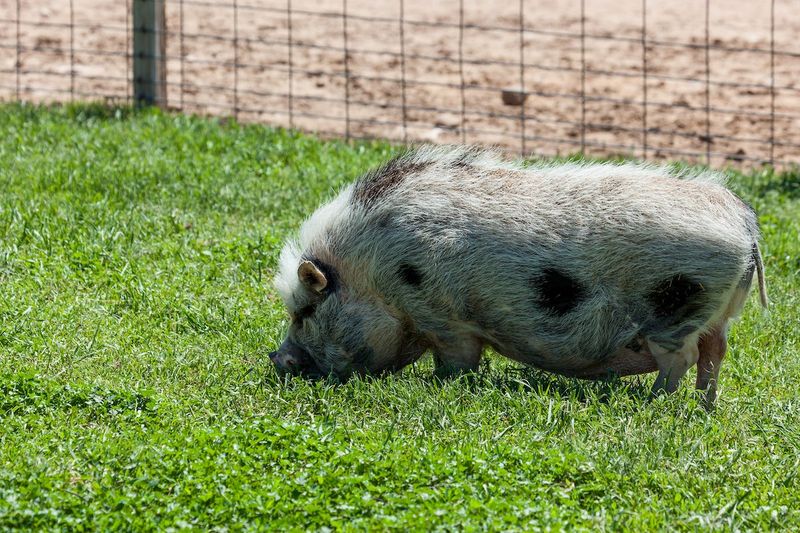
With a personality as large as its belly, the Potbellied Pig is intelligent and curious. Yet, its size and need for space often outgrow what many can provide.
These pigs are known to dig and root, behaviors that don’t align with manicured lawns.
Their intelligence means they require mental stimulation, and without it, they can become bored and destructive, presenting a challenge for unprepared owners.
Capuchin Monkey
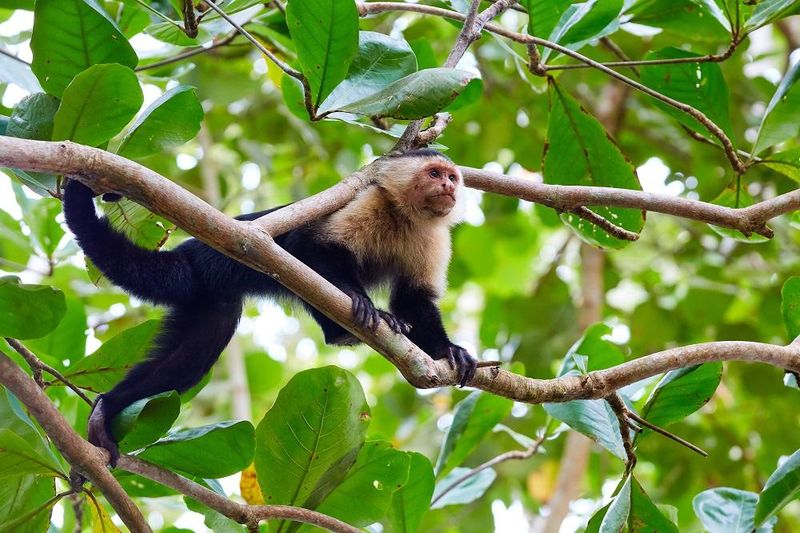
The Capuchin Monkey, with its expressive eyes and agile movements, intrigues many. Yet, their intelligence and need for socialization can become overwhelming.
These primates require constant companionship and enrichment, often demanding more attention than a human child.
Furthermore, they can become aggressive if their needs aren’t met, making them unsuitable for most households. Their care and space needs often surpass the capabilities of an average pet owner.
Skunk
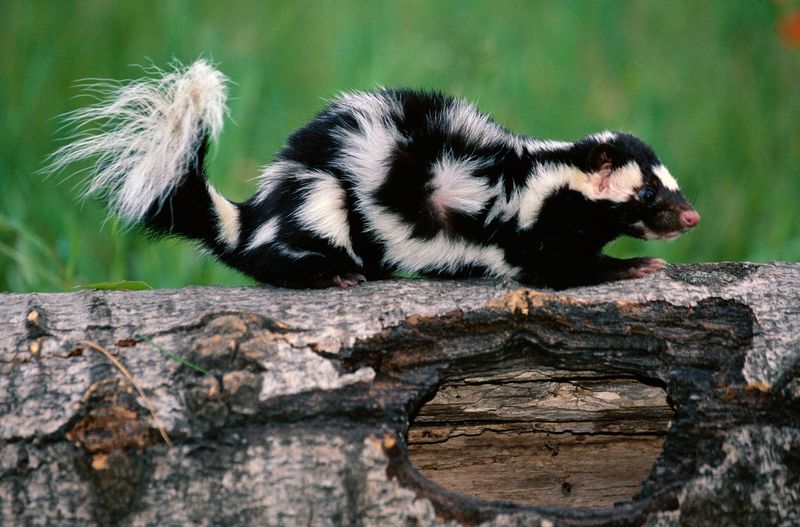
Renowned for their potent defense mechanism, Skunks are often avoided. Despite being descented, they still require specialized care that many aren’t equipped to provide.
Skunks are intelligent and need enrichment to prevent boredom, making them high-maintenance pets.
Their dietary requirements include a mix of fruits, vegetables, and proteins, which can be complex to balance correctly. Their unique needs and potential odor issues make them less appealing to typical pet owners.
African Grey Parrot
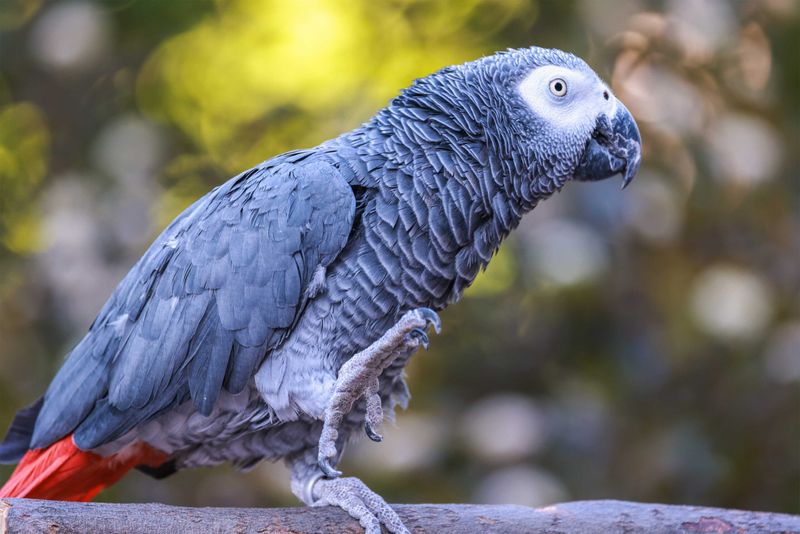
Gifted with an impressive ability to mimic human speech, the African Grey Parrot is a conversationalist’s dream. However, their intelligence demands mental stimulation and social interaction.
They can live up to 60 years, requiring a lifelong commitment from their owners.
Without proper care, they can develop behavioral issues and feather plucking. Their complex social and environmental needs often make them challenging pets for those unprepared for such a commitment.
Emperor Scorpion
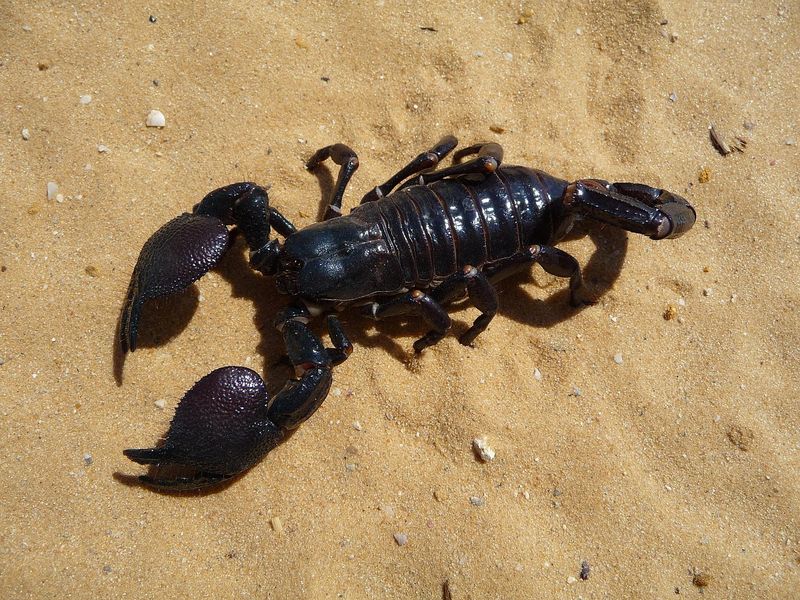
With its menacing pincers and stinger-tipped tail, the Emperor Scorpion is not for the faint-hearted. While they are generally docile, their appearance can be off-putting.
They thrive in warm, humid environments, necessitating a carefully controlled habitat.
Feeding them live insects and maintaining their environment may be more trouble than some are willing to undertake. Their intimidating presence and specialized care requirements can make them less appealing as pets.
Axolotl
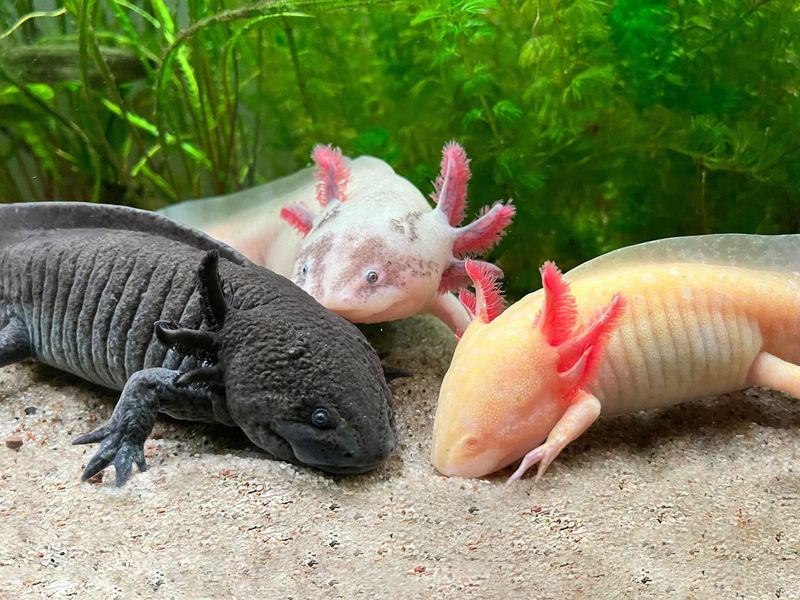
The Axolotl, known as the “walking fish,” is an aquatic creature that fascinates with its regenerative abilities. Despite its intriguing nature, it requires a specific water environment that’s challenging to maintain.
They need cold, clean water, and frequent changes to prevent illness.
Their unique tank requirements make them suitable more for dedicated aquarists than casual pet owners. While they captivate the curious, their specialized care often deters those unprepared for the responsibility.

